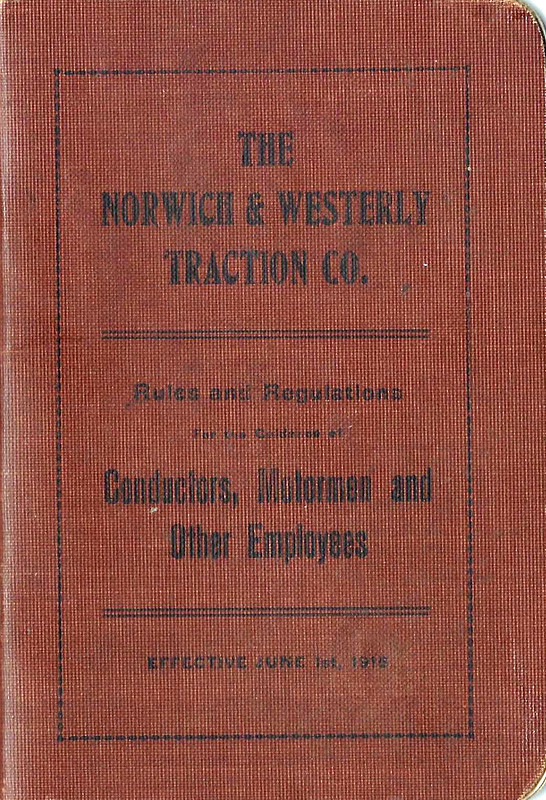 The dawn of public transportation in eastern Connecticut began with the Norwich Horse Railroad in 1864. New London and Montville created their own horse railway systems for public transportation in 1886 and 1889 respectively. The Norwich Railroad was the first railway to eliminate the horse drawn aspect of their railway service and totally electrify their railway system in 1889. These electrically powered passenger cars became known as streetcars or trolleys.
The dawn of public transportation in eastern Connecticut began with the Norwich Horse Railroad in 1864. New London and Montville created their own horse railway systems for public transportation in 1886 and 1889 respectively. The Norwich Railroad was the first railway to eliminate the horse drawn aspect of their railway service and totally electrify their railway system in 1889. These electrically powered passenger cars became known as streetcars or trolleys.
In 1907 the popularity of these public transport systems led to series of business mergers of regional railways. The Consolidated Railway Company was the owner and operator of the major regional railways in eastern Connecticut. The Consolidated Railway Company then merged which with the New York, New Haven and Hartford Railroad Company (NYNH&H). Soon after the Connecticut Company which operated railways in western Connecticut reached an agreement with NYNH&H to lease and operate all of its railway routes. This gave the Connecticut Company a virtual monopoly of most of the railway systems operating in the entire state.
One of the few railways not under the control of the Connecticut Company was the Norwich and Westerly Railway. The railway began offering service between Norwich and Westerly in the fall of 1906. The railway, designed to deliver high-speed rail service with speeds up to sixty-five miles per hour and provide hourly service to multiple locations over a sixty-mile route through the mostly rural countryside.
The total rolling stock of the Norwich & Westerly Railway included eight passenger trains and twenty-five freight cars capable of hauling coal for local power plants and quartz from the local quarry at Lantern Hill in North Stonington. The entire route consisted of seven zones with stops in downtown Norwich, the Norwich State Hospital, Poquetanuck, Hallville (Preston), North Stonington and Westerly. Price per passenger between each zone was five cents or a total of thirty-five cents for the entire route from Norwich to Westerly.
The increasing popularity of the automobile gradually eroded streetcar’s dominance as a public mode of transportation. In 1916, just ten years after its inception, the Norwich & Westerly Railway was acquired by the Shoreline Electric Railway. The completion of Route 2 for automobile travel in 1919 marked the beginning of the end for the railway system in Eastern Connecticut and the company formally ended rail service in 1922.
Visit the Otis Library’s Flickr page to view the Norwich & Westerly Traction Company’s Employee Handbook of rules and regulations published in 1915.
